An Awesome Day in the Lower Hudson River Valley, Part 2
Sleepy Hollow Cemetery and Tarrytown, NY

As you may recall from Part 1, I was in no mood for intellectual pursuits the morning I scrapped my history-laden, Lower Hudson River Valley itinerary, made tracks for the New Croton Dam, and was completely gobsmacked by nature.
Driving south on Route 9 in the wake of that experience, I told my inner self to pull its act together and get psyched for some history that afternoon. We—inner self, outer self, any other selves that might be lurking around—were going to visit Sleepy Hollow Cemetery and we were going to have fun.
Fortunately, everyone listened, and my excitement level spiked a few minutes later when I got my first glimpse of the cemetery’s grave-strewn hills and valleys. I went sailing past the entrance since I had visions of a large parking lot filled with hundreds of cars, but, when I U-turned and entered the cemetery, I was surprised to see about a dozen parking spaces, most of them empty. Perhaps, like Salem, Massachusetts, New York’s Sleepy Hollow Cemetery attracts its spook-seeking crowds in October.
While the cemetery gets its creepy cred from The Legend of Sleepy Hollow, written by Washington Irving in 1820, I’m betting that not a lot of people have actually read this classic American tale. I hadn’t until a few days ago, and I wasn’t expecting the story to be so funny and impressively well-crafted. (And creepy, of course.) I guess that’s why Washington Irving was, in the words of the Norton Anthology of American Literature, Vol. 1, “the central figure in the American literary world between 1809 and the Civil War.” (Yes, I still have my Norton’s from college. It has no cover, multi-colored highlighting, bits of boring marginalia, and a chocolate stain on Thomas Jefferson’s Notes on the State of Virginia: Query XVII. Religion.)
For me, The Legend of Sleepy Hollow will forever be associated with a 1970s filmstrip that provided a “source of fearful pleasure”—words straight out of Irving’s story—to my first-grade self. The rising music, the tension, the rapidly approaching clop-clop of the Headless Horseman’s steed, were in no way disturbed by the “BEEP” indicating it was time for the teacher to advance the frame.
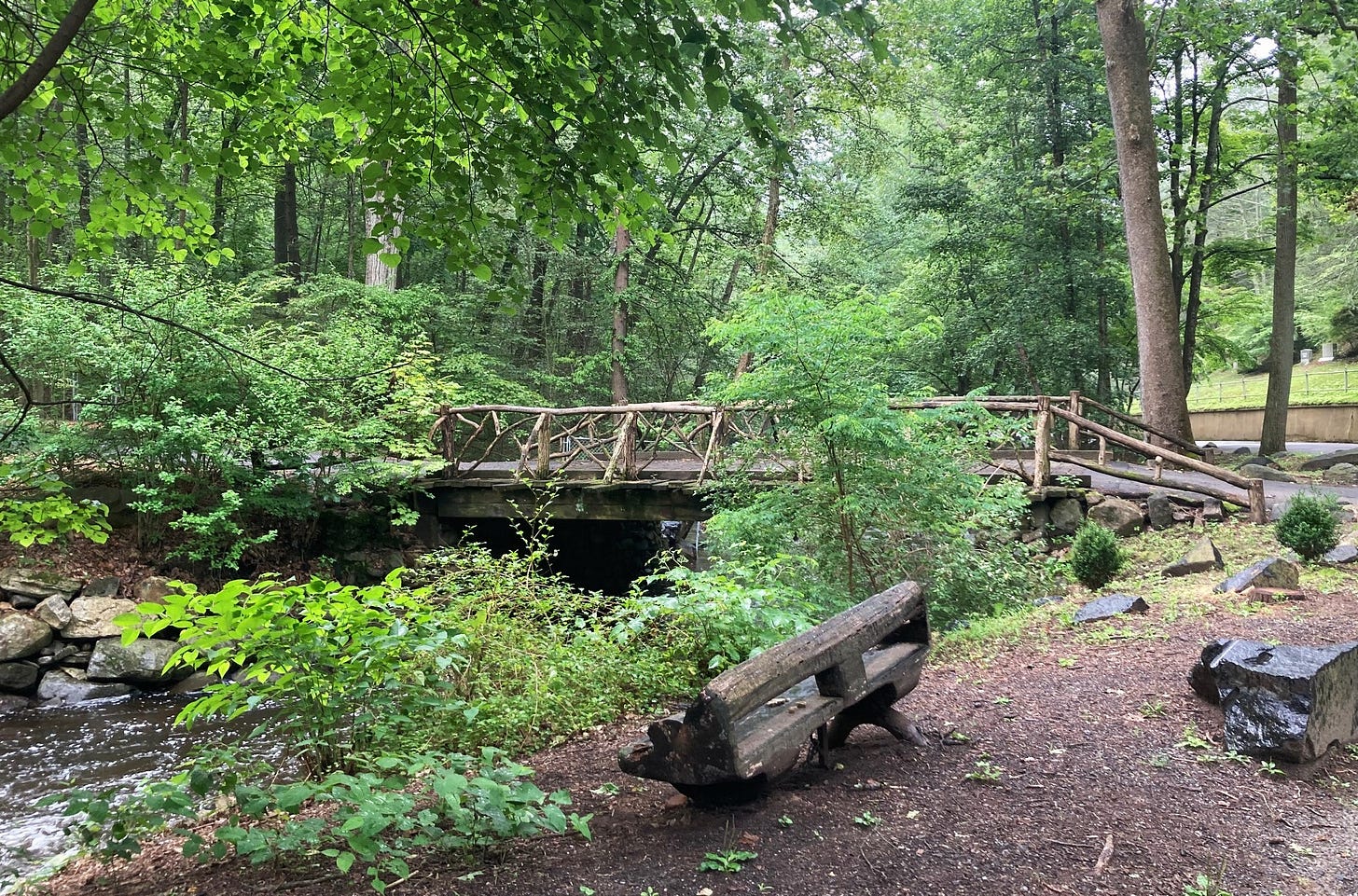
As I walked toward the reconstructed Headless Horseman Bridge, it started drizzling. Well done, nature, for providing just the right touch of gloom. I stopped in the middle of the bridge and imagined how poor Ichabod Crane must have felt with the Headless Horseman hot on his heels. Mostly, though, I enjoyed the sound of raindrops plopping on the stream and the feel of cool water cleansing the sweat from my face.
I meandered into the depths of the cemetery, stopping frequently to read marble or granite headstones that caught my eye. Some were nearly illegible and tipped backwards or sideways, as if frozen in the act of falling. I made educated guesses as to how those buried beneath had succumbed: a mother and her infant dying the same year (childbirth), a veteran passing away in 1866 (Civil War injury complications), a patriarch living to 97 (happy old age after enjoying a childbirth-free, battle-free life).
A couple of years ago, I took an Atlas Obscura class called How to Read a Gravestone that really was like learning a foreign language. A dead one. Cue bad joke sound. Anyway, in addition to being a lot of Zoom fun with interesting people from all over the US, the class equipped me with the skills to identify whether a marker is from the late 1600s-1700s (skulls, crossed bones, anything that might accompany a Jonathan Edwards fire-and-brimstone sermon) or the early-mid 1800s (willow trees, other kinder, gentler symbols that reflect a less-angry God and the transcendental and romantic movements prevalent in American arts and philosophy during that time).
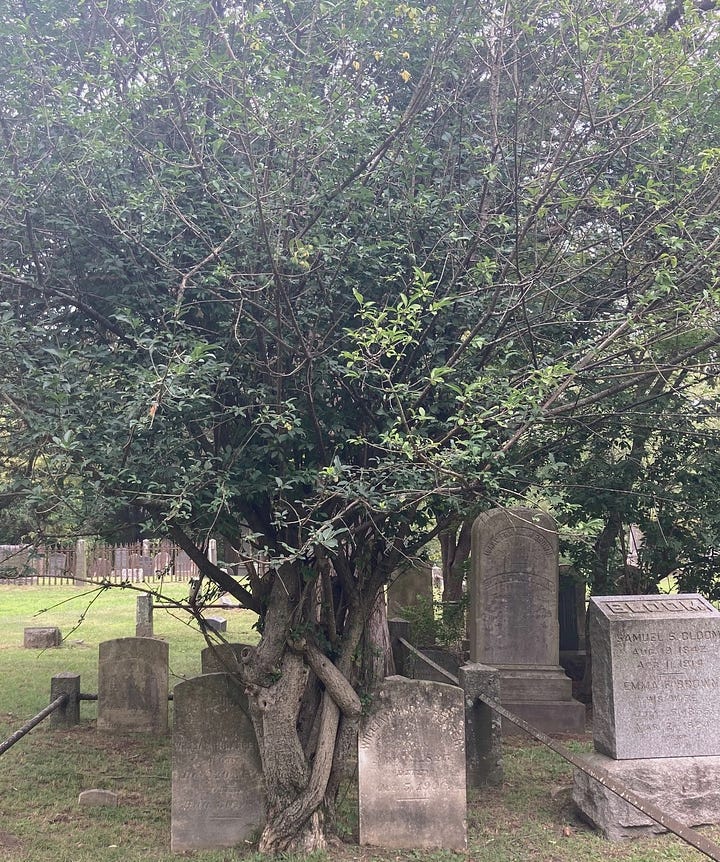
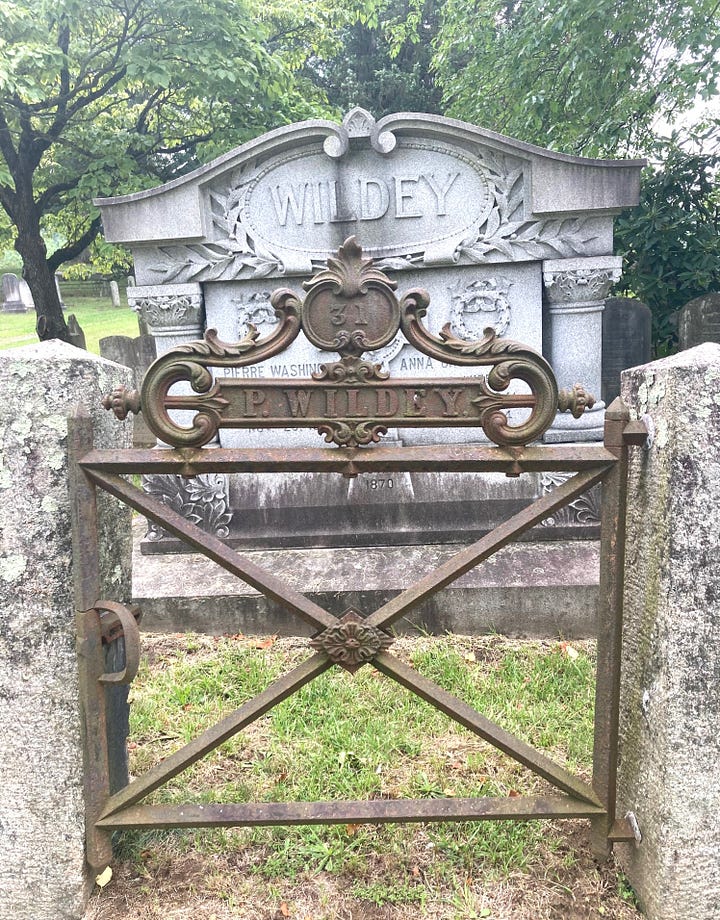
When I reached the farthest edge of the cemetery, meaning the one farthest away from my car, the pleasant, atmospheric drizzle turned into a downpour. Then, with the clattering and crashing of an approaching Headless Horseman, a mighty barrage of thunder filled the air.
Sleepy Hollow Cemetery is teeming with trees and headstones, neither of which is ideal for providing cover from heavy rain or lightning. I jogged around a bend and, lo, what should I behold but a multi-columned marble edifice. After hightailing it up a winding, herringbone walkway, I ducked beneath the covered entry of what I now saw was a mausoleum. Not just “a” mausoleum, the HELMSLEY mausoleum, as carving over the iron-wrought door to the inner sanctum proclaimed.
Leona Helmsley, right, she was that New York billionaire whose will decreed that her dog would inherit several million dollars, but that her children and grandchildren would get nothing. I’d been in my early 20s when all this went down, flabbergasted that anyone could and would do such a thing. I’d also wondered how any single dog could dispense with that much money before its natural lifespan expired. Would the pooch only eat sirloin and caviar? Sip champagne from a solid gold bowl? Fly in groomers and masseurs from exotic locales to provide services in its penthouse?
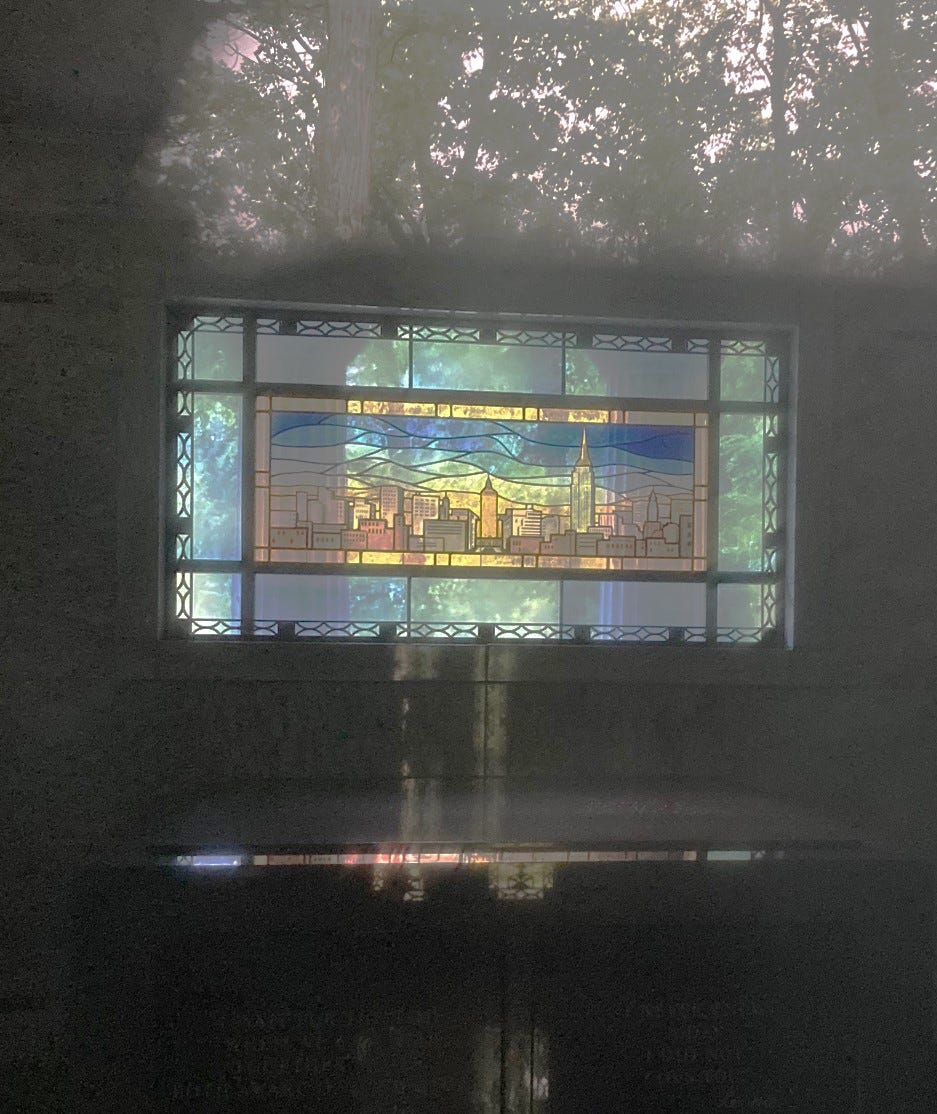
After checking that the mausoleum door was locked (I’m not sure why since, even if it hadn’t been, there’s no way I’d have gone inside), I peered through the ironwork, looking for clues about what type of person would make her pet independently wealthy. Mystery solved: the type of person who would commission three identical stained-glass windows of the New York City skyline and demand that they face into the mausoleum for the enjoyment of the deceased, rather than outside, where some of the 15,000+ people who visit the cemetery each year might appreciate them.
Well, any port in a storm will do, I thought, and slid down against one of the covered columns. I listened to the rain, saw several deer scamper among the trees, got “Genius” on The New York Times Spelling Bee, and Facebooked my location.
“Careful she doesn’t nick you for a room charge,” someone commented.
Oh, right, Leona Helmsley made her fortune in the hotel business and was known as the Queen of Mean for how poorly she treated pretty much everyone except her dog. If you really must know more about the non-lovely Leona, click here.
I relaxed contentedly at the Helmsley mausoleum for about 1/2 hour. When the rain tapered off and the sunshine and humidity returned as if they’d never left, I wended my way back through the cemetery, with frequent stone-reading stops.
After retrieving my car, I continued down Route 9 to nearby Tarrytown, where I had two experiences that could’ve jumped right off the pages of my hypothetical Rules of Awe guidebook (I refer you again to Part 1) if, of course, it existed:
The slight letdown of overly hyped places. Several locals and two web sites highly recommended Main Street Sweets, so, obviously, I went. Had I simply wandered in with no advance knowledge of the place, I would’ve said, “Damn, that’s some really fine maple ice cream I ordered.” However, given the advance praise, I was expecting cosmically, divinely, supernaturally delectable ice cream that doesn’t exist anywhere on this planet.
That said, if you find yourself craving ice cream in Tarrytown, New York, I encourage you to go to Main Street Sweets.
Quick hits of awe are pretty awesome. After finishing my really-good-but-not-over-the-rainbow-amazing maple ice cream, I noticed a bookstore. Since I can’t resist the clarion call of a bookstore to “come in, come in,” I went in. And, whoa! what a fabulous surprise!
I tarried for quite awhile in Tarrytown’s Transom Bookshop. First of all, the place is beautiful. It’s also a treasure trove of titles and authors both expected—yep, lots of Washington Irving— and unexpected or unknown. Transom is fabulously well-stocked and uses its square footage wisely. As in, there are a lot of books in a modest space but you don’t feel crowded. And, there aren’t too many gift items taking up valuable book real estate.
I congratulated myself on getting out of there with only three purchases.
The 18K+ steps I’d taken and, I suppose, all of that awe had worn me out. I headed back to my Dobbs Ferry Airbnb with my three books and an egg salad sandwich, pleased with the travel choices—though not necessarily that last culinary decision—I’d made that day.
Do you have tips for traveling the Hudson River Valley, whether Upper, Lower, or anywhere in between? If so, please share them in the comments!
Several of my lovely subscribers have asked how to share this post with someone else who might be interested in subscribing.
First of all, thank you!
Second, I added “share” buttons to the top, middle, and bottom of each post. Simply click one of those buttons and share with anyone and everyone you choose.
I apologize for not adding these buttons before but I’m oldish and, you know, technology.

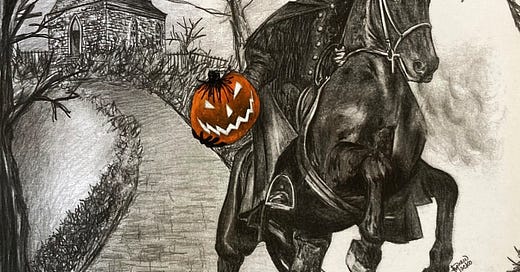


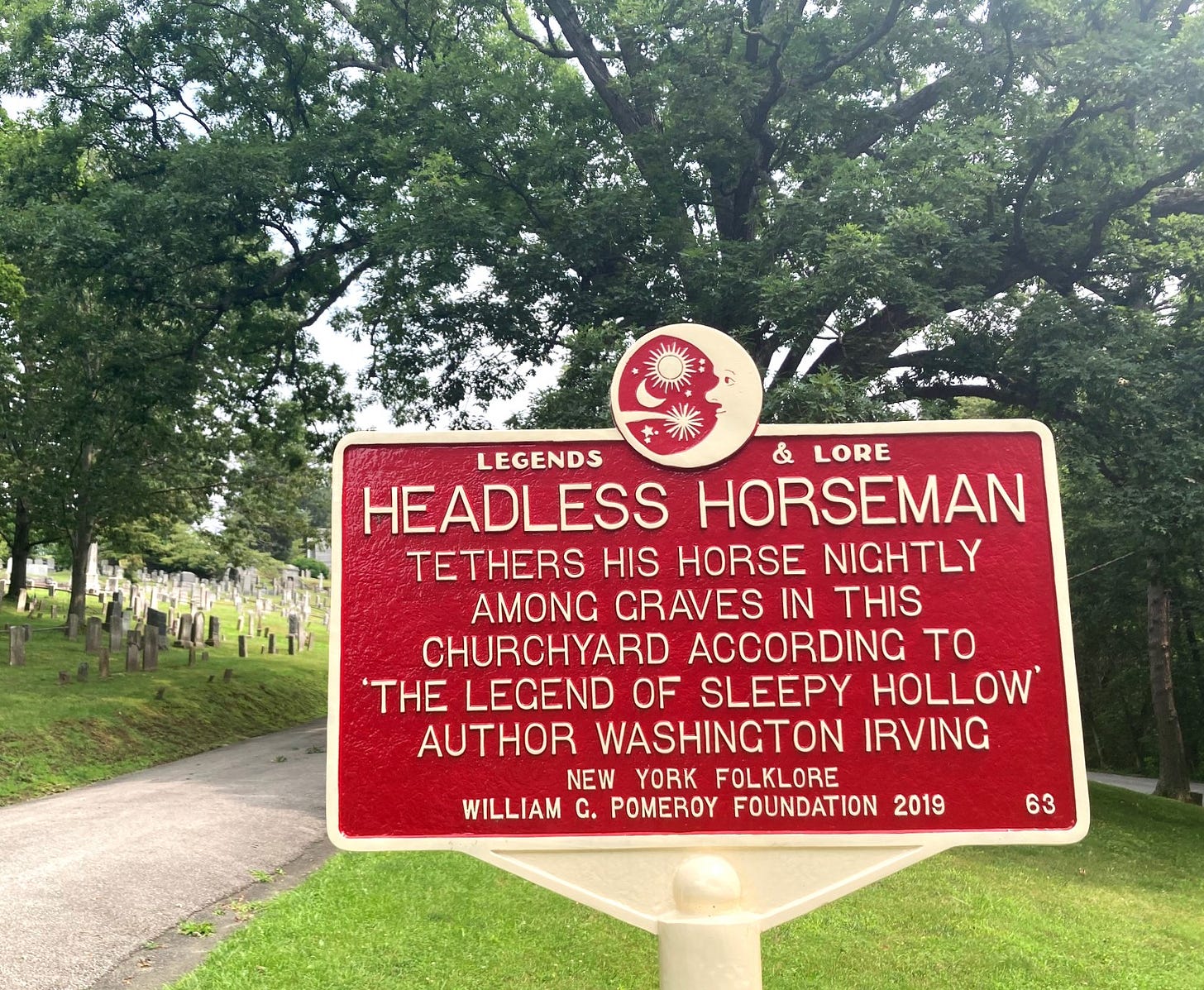
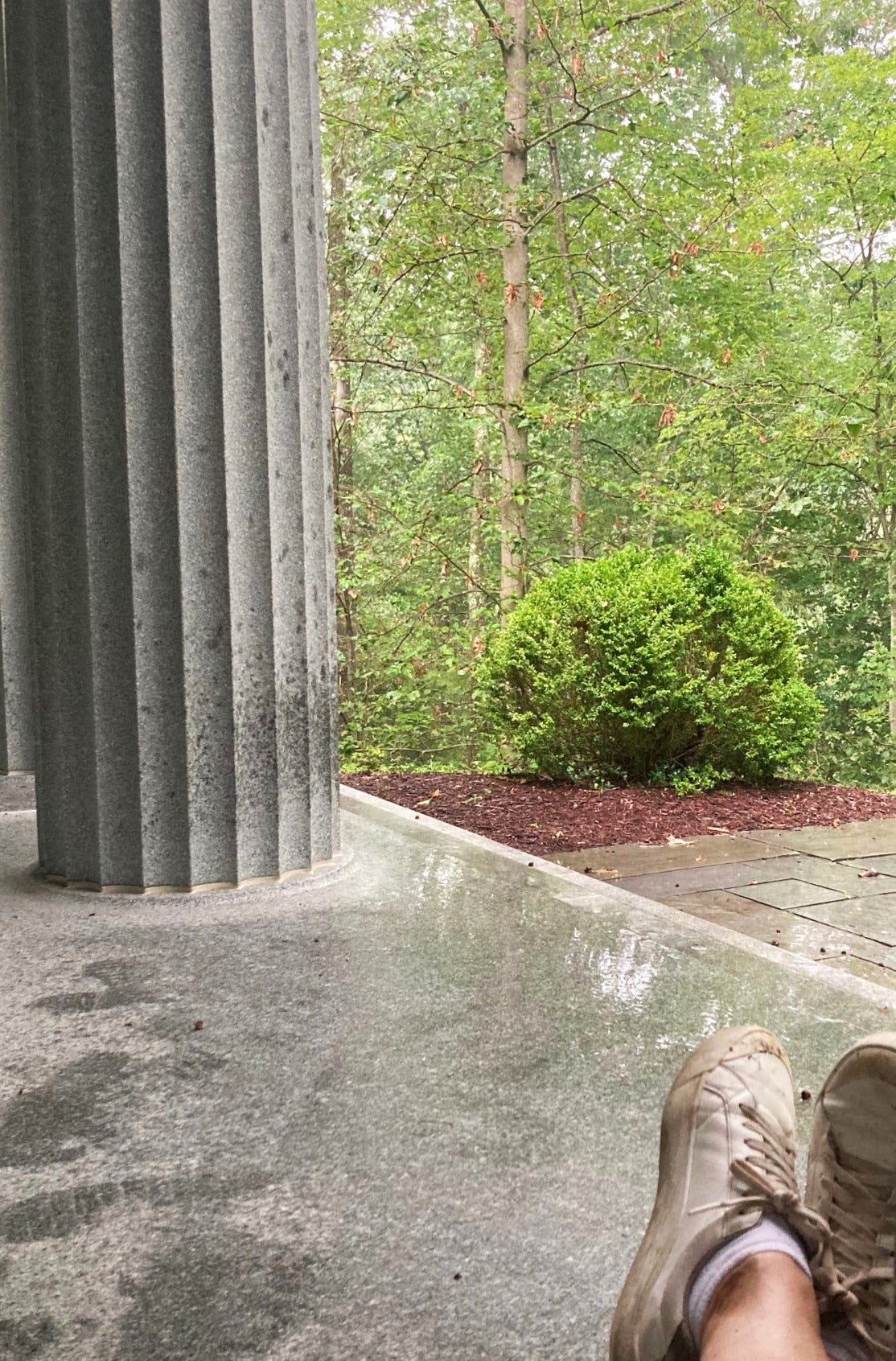
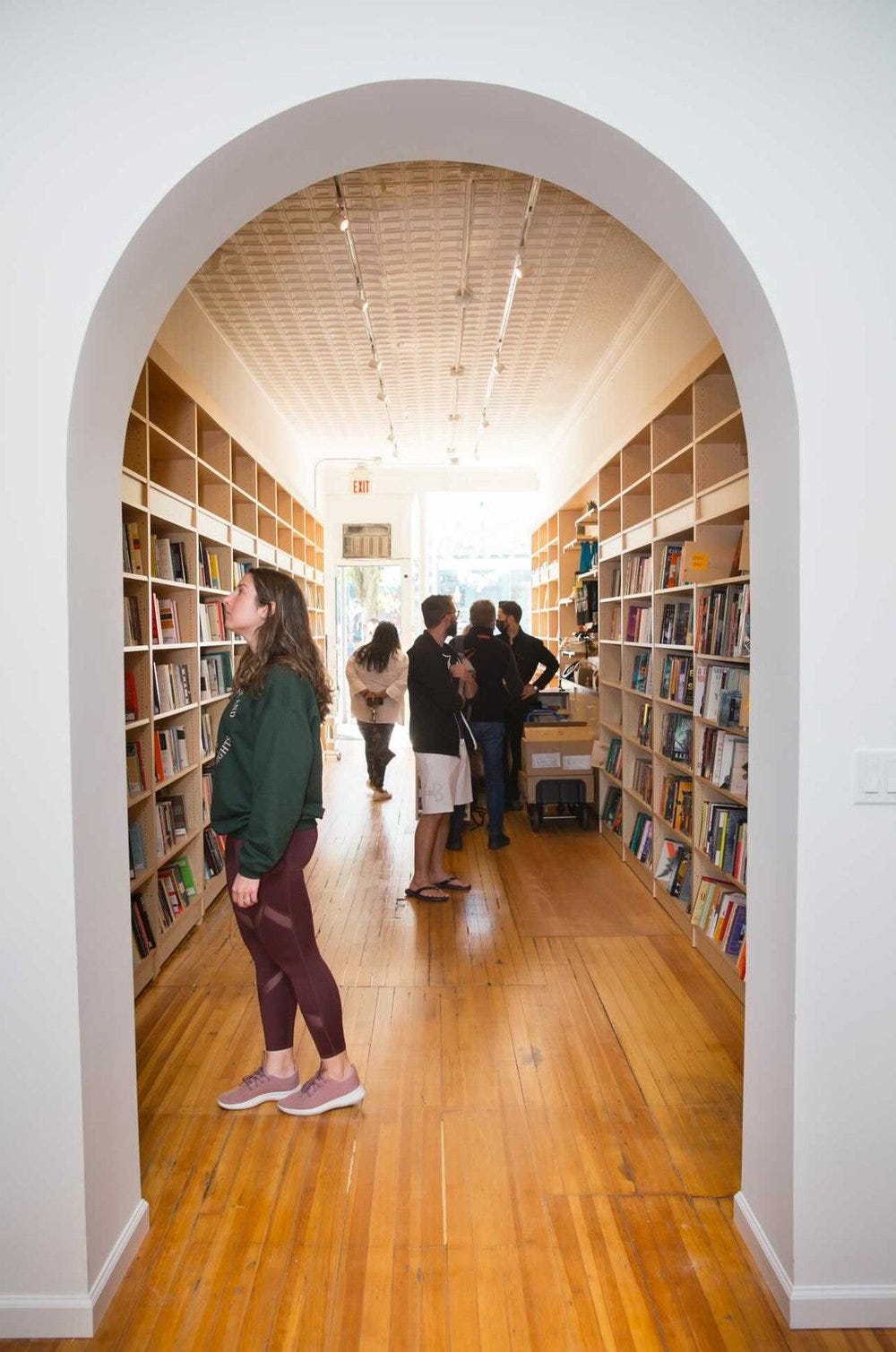
Another winner!
I'm so annoyed at myself for neglecting to see the Chagall and Matisse stained glass windows! I'll just have to visit the Hudson River Valley again soon. Cool news about Maeve! She and Lucia will share a country this fall, but Lucia is in Florence. I take Liam to UMASS Amherst for his freshman year on Thursday. It's nice hearing from you, Jack.